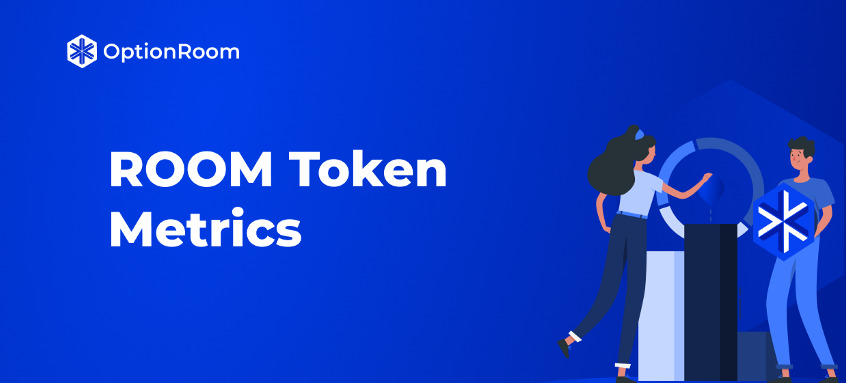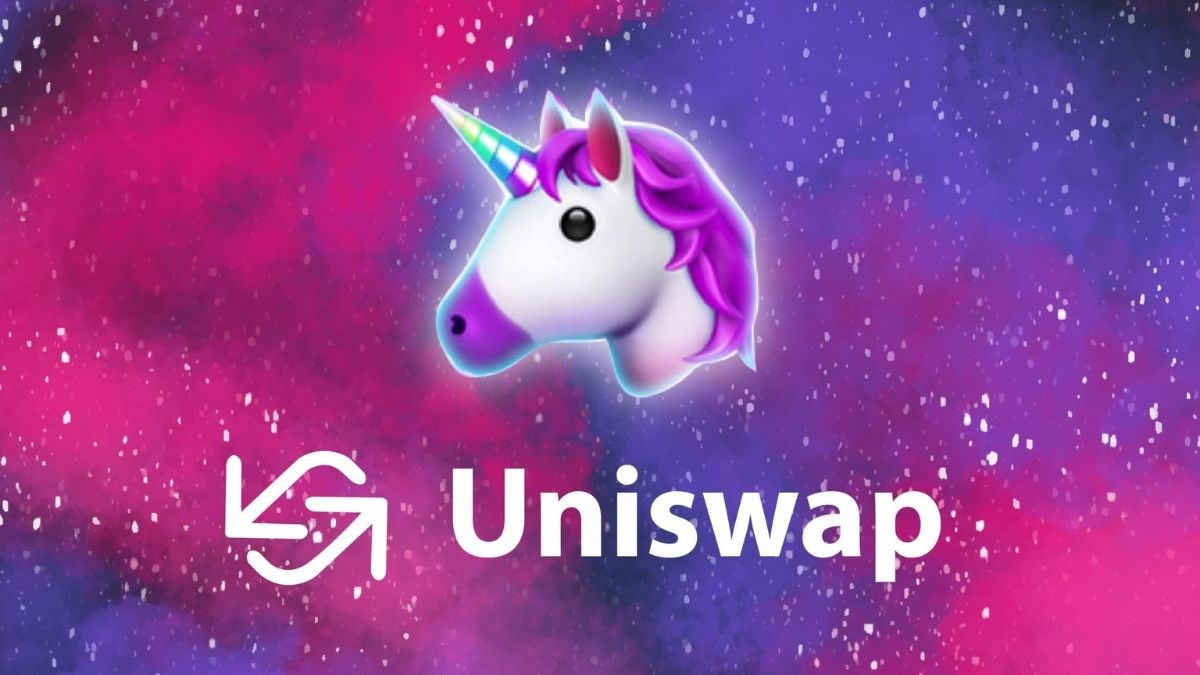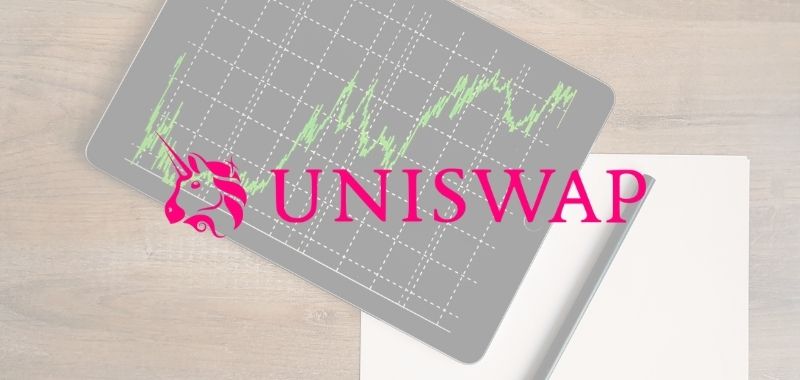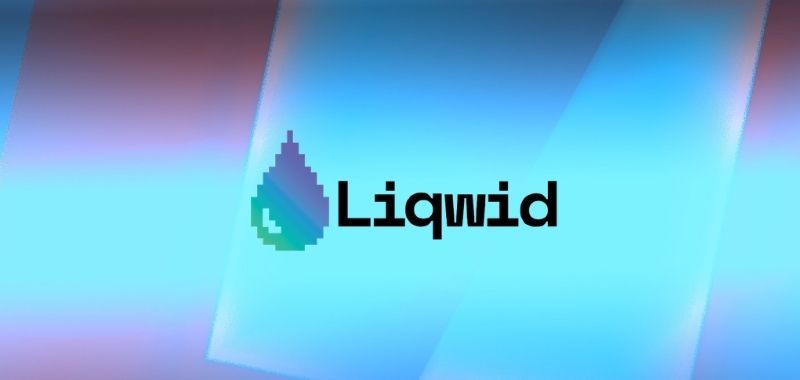DeFi News
OptionRoom: A user governed Oracle and Forecast Protocol

Option Room is an innovative new DeFi project that will run on the Polkadot blockchain. It defines itself as an OaaS, or Oracle as a Service. Its use cases are indeed multiple since the project compares itself to several projects that have already been up and running for years such as: Augur, PolyMarket, Kleros and Synthetix. The latter is one of the most successful projects in the world, so Option Room’s ambitions seem to be really big.
Option Room in summary
In contrast to the projects mentioned above, Option Room in its V2 version, which is coming soon, will run on Polkadot. There seems to be more and more hype about Polkadot lately, so some of this hype is spilling over into the whole ecosystem. Option Room can be described in a few key points as:
Oracle as a Service: In this case, requests for Oracles are resolved through governance, i.e. the Option Room governance token holders.
Forecast created and managed by Users: Users can finally not only make predictions but also create new ones, connecting them to events that will happen in the real world.
Double Token: The tokens in question will be two, one that will be used to manage the governance of the project and a second token that will be used as a utility token: $ROOM.
LP Mining: The ROOM token becomes a utility token and there are several incentives to hold it, as by liquidating or staking ROOM tokens you can get COURT tokens in return and actively participate in the governance of the project. DAOs are now the best solution and it seems that all serious crypto projects adopt this management system.
Self-sustainable: The project is well designed to be self-sustainable as there are buyback mechanisms and protocol fees that will help the protocol financially (not the founders, as they will not take anything from these fees).
The fundamentals are strong and the team is not anonymous, so the project should be designed for the long term and the risks of the founders disappearing are very minimal. To end on a high note, the project token was launched on PolkaStarter and most of these projects have impressive performance, hence we can expect great things from both the project and their token.
The ROOM Token

The ROOM Token was created with a maximum supply of 100 million units. Here is the initial token distribution:
- 11% was sold in the SEED phase at only 0.0182 cents per token. 20% of these tokens were unlocked during the TGE while the remainder will be unlocked daily starting in the third month.
- 20% sold in Private Sale. In this case, the price was 0.035 cents per token. 25% of these tokens were unlocked during the TGE while the rest will start unlocking from the third month.
- 2% Public Sale. The sale on PolkaStarter with tokens unlocked from day one. The price? Only 0.05 cents per token.
- 38% for Protocol Rewards (right away).
- 10% for the Team, with tokens locked in for 1 year.
- 14.67% for the Foundation and locked for 1 year.
- 4.33% for liquidity on Uniswap (locked liquidity).
At the moment the price is about $2.5/$3, with a fully diluted market cap of about $250/$300 million. As you can see, presales are priced very differently from current prices and those who have been lucky to get into presale, seed or public sale have already made strong gains. Many of those who bought on PolkaStarter have already sold their tokens, so we should not see any more strong DIPs in the near future.
What’s special about these projects launched on PolkaStarter is that they all seem to be performing very well (apart from a few isolated cases), so we expect great things from Room as well, a project followed on Twitter by very popular influencers like EllioTrades, Ivan on Tech and so on!
DeFi News
UK updates its tax policies on DeFI and Staking loans

The UK’s tax authority, Majesty’s Revenue and Customs (HMRC), released an update to its guidance on Wednesday, reported Bloomberg.
The new policy provides a series of “guiding principles” that act as general guidance in determining whether DeFi-related return or participation should be classified as income or capital gain.
How loan returns or staking is taxed depends on whether it is considered capital or income, however determining this can be a complex task. In the post, the HMRC admitted about this difficulty:
Token lending/staking via Decentralized Finance (DeFi) is a constantly evolving area, so it is not possible to establish all the circumstances in which a lender/liquidity provider makes a return on their activities and the nature of that performance. Instead, some guiding principles are established.
New policy to tax DeFi and staking
The latest guide sets out four distinct points designed to make it easier for people to determine the nature of their tax. Firstly, if the return received by the lender or liquidity provider is known “at the time the agreement is made”. If known, it would indicate a revenue receipt, but if unknown, it would indicate a capital receipt.
Second, if the return is realized through the disposal of a capital asset, it qualifies as capital. Conversely, if the borrower, or the DeFi lending platform, pays the yield to the lender/liquidity provider, the yield should be classified as income.
Third, the regulator indicated that lump-sum payments are “more likely” to qualify as principal; while recurring payments are “more likely” to be in the nature of revenue. Finally, the HMRC mentions the loan period as another variable that determines the nature of the repayment, everything will depend on whether it is “fixed or indefinite, short or long term”, he said.
The document presents some examples of how users can determine the nature of their loan return or participation. For example, if the return amount has already been agreed upon, say 5% per annum, it will most likely be a revenue receipt, the regulator said. On the other hand, if the income is “unknown and speculative”, it is probably a capital receipt.
As CoinDesk noted, the new policy is an update to previous guidance that had been published by HMRC in March 2021. According to that document, taxation of staking trades depended on whether the activity amounted to “taxable trading.” The wording closely resembled the established rules for taxing cryptocurrency mining, the outlet adds.
DeFi News
New SEC Definition Includes DeFi Exchanges

The US Securities and Exchange Commission (SEC) is interested in the fact that the definition of a stock market would now be much broader, also encompassing systems that allow buyers and sellers to communicate their interest in trading this type of asset, which which would include decentralized exchanges (DEX) such as Uniswap, PancakeSwap and many others for bringing together this type of people interested in trading digital currencies.
The measure would require platforms that meet these characteristics to register with the US Securities and Exchange Commission as securities brokers, and since decentralized exchanges would not be able to meet the demands required by this type of license, this could imply the imminent cessation of its operations throughout the United States.
More delicate than it seems
Some analysts and enthusiasts express concern about the possible repercussions this could have for the sectors associated with digital currencies.
In this regard, the DeFi sector enthusiast, Gabriel Shapiro, presented an even more delicate panorama for this type of exchange, since such a definition could also address even block explorers, such as Etherscan, precisely because they allow users to users interact with smart contracts to communicate business interests.
In this sense, it highlights that all this can be interpreted as a restriction on freedom of expression, for which it would be completely unconstitutional.
From a regulatory point of view, the SEC commissioner, Hester Peirce, also expressed her concerns and echoed some aspects mentioned above, placing special emphasis on the broad and diffuse nature of the changes proposed by the entity, which even go far beyond the scope and jurisdiction of the regulatory body.
On the other hand, Peirce criticized the fact that the interested community has very little time to read, understand and consider the proposal, which is not consistent with the implications it could have, since it would be making changes to an ecosystem that moves thousands of million dollars, which it could harm in unforeseen ways.
DeFi News
Uniswap exceeds US$500 billion in traded volume since its launch

One of the best-known decentralized exchanges in the cryptocurrency market has just passed the US$500 billion transacted mark.

“We’re proud of the magnitude of this number, but we’re even happier knowing that millions of users have had direct access to markets they could trust were operating in their best interest.” – stated Uniswap Labs on Twitter.
About 2 billion of this volume was thanks to two scalability solutions integrated into the project:
“⚡️ $2 billion of this volume was contributed by @arbitrum and @optimismPBC deployments, which are starting to see significant traction!” – said Uniswap Labs.
Uniswap was created in November 2018, but it was conceived in 2016 by Vitalik Buterin (creator of Ethereum). With support from the Ethereum Foundation, programmer Hayden Adams made the idea come true.
Since then, the broker has not stopped growing and its UNI token is already worth 14.35 billion dollars.
With Uniswap, anyone can be an arbitrator between tokens using the blockchain, which narrows the price gap in small markets and gives incentives to balance asset prices using blockchain and centralized brokerages.
Currently, UNI is traded in several brokers in EEUU and around the world, such as Coinbase, Bitfinex and Binance US.
“We are so grateful to be together on this journey with our incredible community, and we can’t wait to hit the $1tn mark.”
-
Opinion2 years ago
XRP: FOX Business Senior Correspondent Says SEC Is Losing Its Lawsuit Against Ripple
-
Tutorials3 years ago
How to Earn, Farm and Stake CAKE on PancakeSwap with Trust Wallet
-
Altcoins News3 years ago
Projects with ongoing migration from Ethereum to Cardano
-
NFT3 years ago
CardanoKidz: The first NFTs arrive at Cardano
-
Tutorials3 years ago
How to set up a Bitcoin node: beginner’s guide
-
NFT3 years ago
SpaceBudz: new astronaut NFTs on Cardano
-
DeFi News3 years ago
Uniswap vs PancakeSwap: Full analysis
-
DeFi News3 years ago
Liqwid Finance the first DeFi project on Cardano: everything you need to know


















